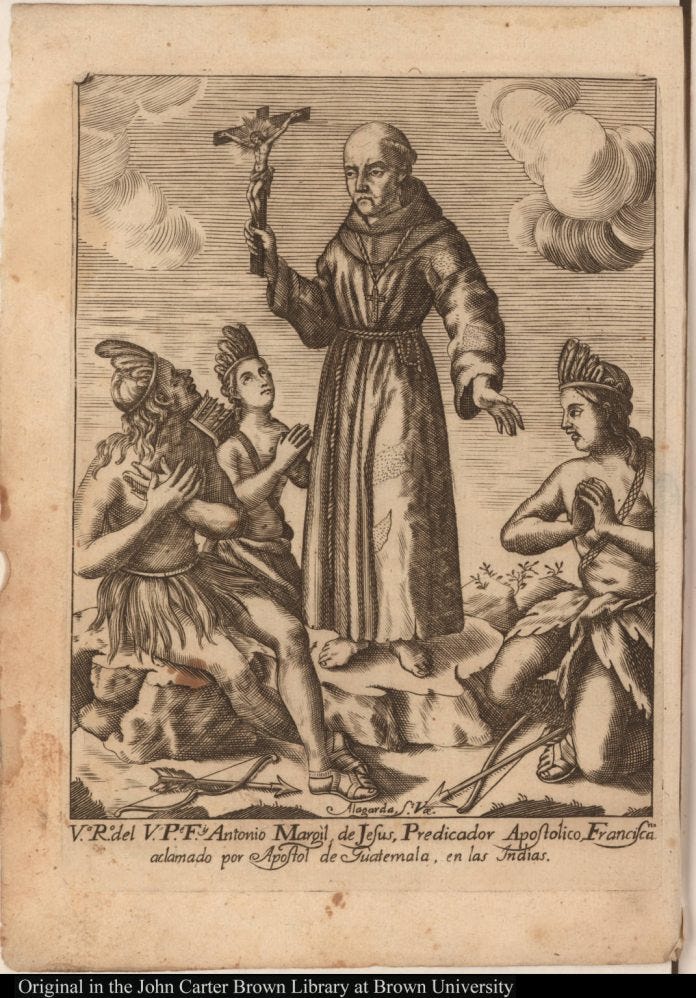Prior to the Filipinos achieving freedom and independence from their Spanish colonizers, Manila was a remarkable jewel of the Spanish empire. It served as a model colony for Spanish rule, so much so that its reputation extended across the vast ocean and even found roots in Texas, which was once referred to as New Philippines.
During the 1700s, Texas was part of the southern states under Spanish rule in a region known as New Spain, before the United States gained independence from the British Empire. Spain, with its extensive experience in colonization, having ruled a significant portion of the world, drew knowledge and expertise from established colonies like the Philippines.
Consequently, Texas, aspiring to emulate the success of the Philippines as a model colony, became unofficially known as "Nuevas Filipinas" or "Nuevo Reino de Filipinas" (New Philippines or New Kingdom of the Philippines). The aim was for Texas to mirror the accomplishments of the Philippines. The Franciscan missionaries in both colonies shared similar objectives, focusing on evangelizing the indigenous populations.
At that time, Texas was only half the size of its current vast expanse. Antonio Margil de Jesus, a prominent Spanish missionary, is recorded as the first person to refer to Texas as "New Philippines" in a 1716 letter to the viceroy of New Spain. Margil de Jesus hoped that if he succeeded in his evangelical work, it would gain favor from King Philip V of Spain and transform the Texas territory into "another new Philippines." Similar sentiments were expressed in a letter from a Franciscan embassy to the viceroy, with hopes that Texas would become a "new Philippines."
The term "Nuevas Filipinas" officially appeared in a 1718 document addressed to Martin de Alarcon, the governor of Spanish Texas at the time. In the letter, Alarcon held the title of "Governor and Lieutenant Captain General of the Provinces of Coahuila, New Kingdom of the Philippines, Province of the Texas." Alarcon established his capital in what is now modern-day San Antonio, which was called "Nuevas Filipinas" for approximately forty years in the 18th century.

However, similar to the fate of the Spanish empire, which eventually declined, New Spain fell, and Texas entered a period of instability. While the friars had envisioned Texas as a model colony and referred to it as New Philippines, the name became somewhat ominous, foreshadowing the revolutions and instability that would follow.
In the 19th century, Texas, like the Philippines, experienced significant conflicts and changed hands several times. South America was about fifty years ahead in terms of revolution, with a war against Spain resulting in the creation of the United Mexican States, which included Coahuila and Texas. However, this new country lasted only a few years before Texas became an independent state and eventually joined the United States of America in 1845.
Following the turbulent period after its separation from New Spain, the lone star state relinquished its name and reputation as "New Philippines" and simply became known as Texas, a word derived from the Caddo Native American term for "friend." Texas' connections to the Asian islands were lost in the footnotes of history.
Source: Esquire magazine



















